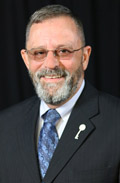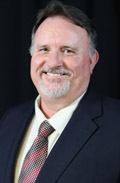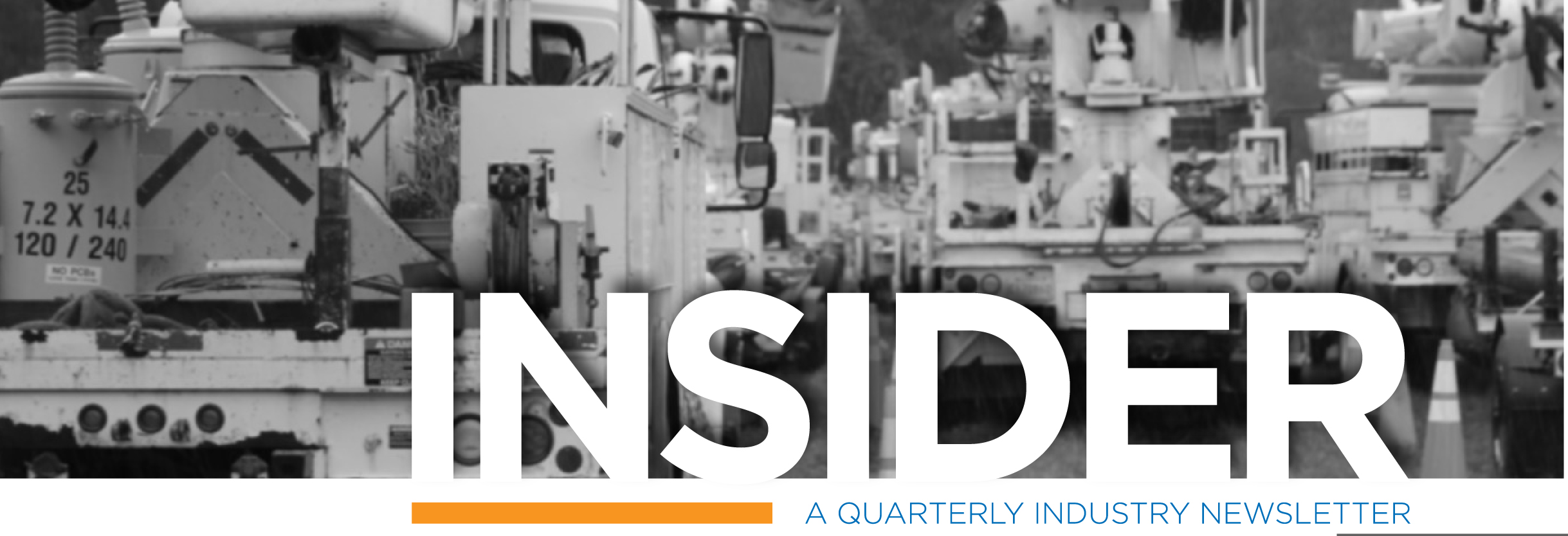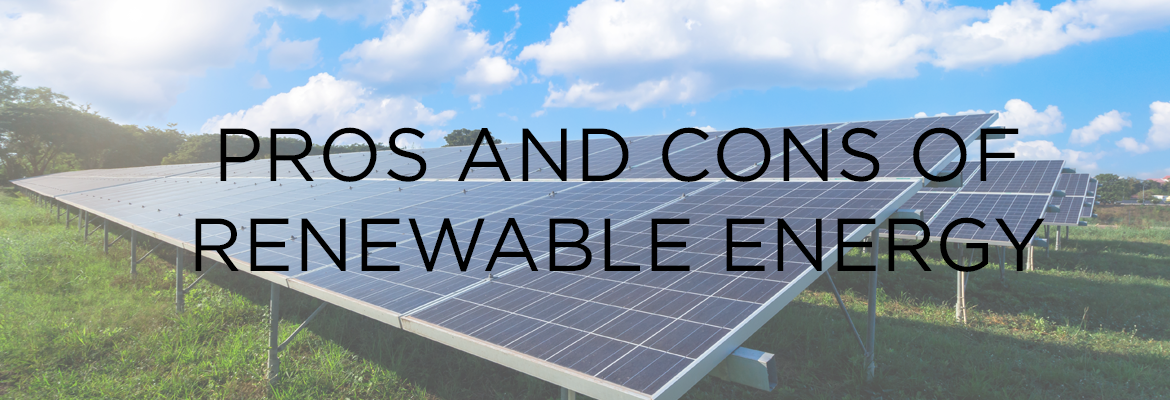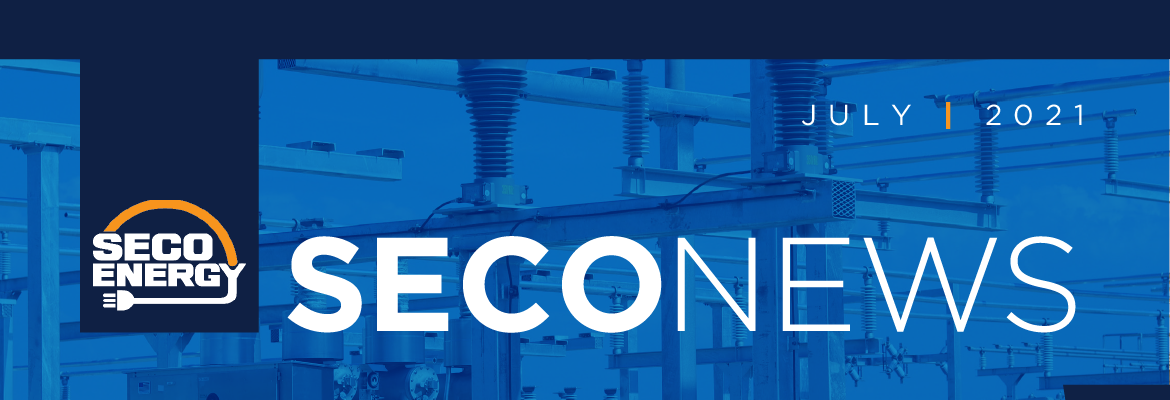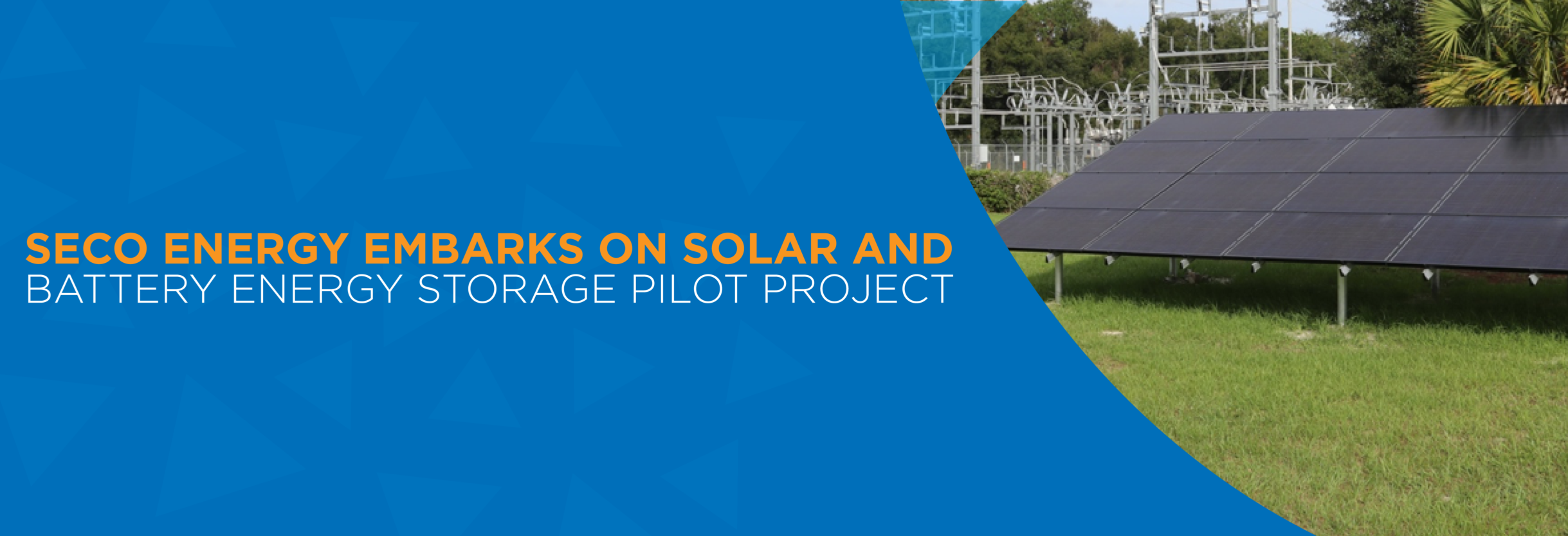Duncan’s Digest – Solar Investments – Sensible or Scam?
Dear Members,
Solar system Inquiries from members are on the rise. Currently, nearly 2,600 SECO Energy members have chosen to invest in member-owned solar systems. SECO is a reliable source of information about solar power for our members, but unfortunately, we hear from members who’ve been misinformed by a contractor or misunderstood the solar system’s generation capabilities and the financial investment.
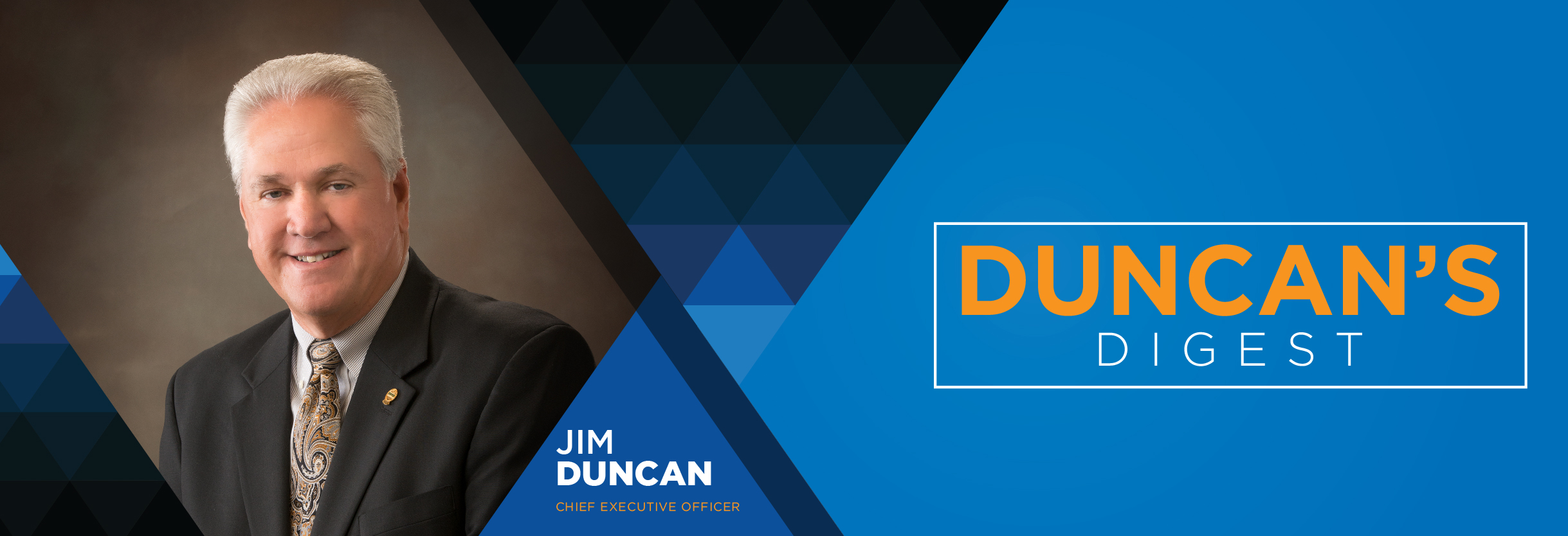
Some solar contractors use misleading sales pitches – we’ve seen the ads: No-cost solar. No electric bill. Free solar panels. Power during an outage. Without question, investing in solar technology is costly. At an average of $2.73 per watt (per the NREL and dependent on the type of system), a 10-kW residential system costs $27,300.00 (offset by a current federal tax credit). If you finance the system, you will pay interest over the term of the loan. If you lease a system, the leasing company receives the federal tax credit rather than you. Before investing, crunch the numbers on pvwatts.nrel.gov to estimate potential generation capacity and financial performance.
Cost, however, is only one consideration. The Sunshine State is not always sunny. Members who own a solar system without battery or generator backup still consume (and pay for) utility-supplied power when the sun isn’t shining – at night, rainy afternoons and cold winter mornings.
If allowable by city/county ordinance, members can go completely off-grid if the system has a battery to store power generated while the sun is shining to use during times when the sun doesn’t shine. During utility outages, solar systems without a backup power source do not continue to generate power as most inverters require electricity to operate. By design, this requirement prevents power generated by a solar system from backfeeding onto the utility’s electric system – which in turn can cause damage, injury or death to unsuspecting lineworkers.
If you’re interested in solar, SECO is here to help. We recommend obtaining three quotes from reputable contractors. Review Better Business Bureau ratings and visit the Florida Solar Energy Industries Association at flaseia.org for contractor recommendations.
The name of the game is buyer beware. Recently, members reported solar representatives claiming they are working on behalf of SECO – this is untrue. One of the most appalling scenarios we encountered this year came from a Marion County family who financed a solar system and had already signed the contract before reaching out to SECO. Can you guess which home in the photo has rooftop solar panels?
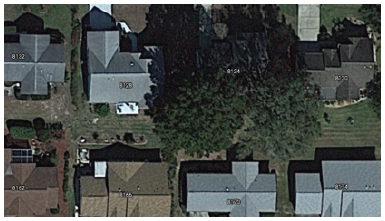
The solar panels are not even visible due to the dense tree coverage. Unless the homeowner incurs the expense of cutting the trees down, their solar system will not generate productively. And if they cut the trees down, their home will not receive the cooling benefit of tree shade. Don’t let this happen to you. Do your homework BEFORE you sign a contract.
Visit our Solar website section. You’ll learn about the capabilities and limits of solar power. Email our Solar team and an Energy Services Specialist will conduct a Solar Assessment to determine your home’s conduciveness to solar. We’ll also answer your questions about panels, inverters, insurance, net metering and more. Becoming an educated consumer is your best protection.
Sincerely,
Jim Duncan
Chief Executive Officer

Advice from The Old Farmer’s Almanac
Whether you live in an urban or rural area, predatory animals may be closer than you think. The number of Floridians encountering bears in populated areas is increasing. The Old Farmer’s Almanac lists what to look for to determine if a bear has visited your home and how to deter it. If you suspect bear activity: Look for fur left behind, crushed vegetation, teeth and claw marks and hindfoot tracks like a human footprint. Bears are attracted to food. To deter bears: Use bear-proof containers for garbage or items with a strong scent, cover compost, change lever doorknobs (which bears can open) to round knobs. Clean outdoor cooking or fish-scaling areas.
Turn to page 7 to read about the Florida black bear in this month’s Florida Fauna & Flora.

Pennies Change Lives
SECO Energy’s Pennies from Heaven program was established to make a difference in our local communities one penny at a time. Every cent collected is distributed for the benefit of your fellow members.
Members enrolled in Pennies from Heaven allow SECO to round up their bill to the nearest dollar automatically. As an example, if the bill is $97.72, you will pay $98.00. The extra 28 pennies go directly to Pennies from Heaven.
SECO Energy employees also contribute to Pennies from Heaven through individual donations and corporate fundraisers.
Enroll today to be a part of this worthy program. Visit our Pennies from Heaven website section and fill out the webform to enroll.
SECO Energy absorbs any small administrative costs associated with the Pennies program. Just a few cents every month can change lives. If you’d like to provide a donation* by check instead, please mail it to us at: SECO Energy Pennies from Heaven 330 S US Highway 301 Sumterville, FL 33585
Requests for bill payment assistance are administered through several area agencies. Call 211 or reach out to a social service agency that offers utility assistance.
*Pennies from Heaven donations are not tax deductible.

Enroll in Surge Protection for a Monthly Chance to Win a New Generator
The 2021 Atlantic hurricane season is here, and forecasters predict there will be above-normal named storm activity this year. According to the National Weather Service at weather.gov, a typical lightning flash is about 300 million volts and 30,000 amps – and carries enough energy to power a 100-watt incandescent light bulb for three months. Florida storm season brings almost daily thunderstorms with high-voltage lightning.
To prepare, SECO is giving away three new portable generators! We’ll pick one winner each month in July, August and September. To be eligible to win, lease or purchase SECO’s Surge MitiGator™ meter-based surge arrester. Members in a current surge lease or prior purchase will automatically be eligible.
Lightning is the most common cause of power surges that can damage or destroy your home’s appliances or electronics. Other causes of surges are vehicle accidents involving SECO facilities, small animals or birds contacting electric lines or fallen trees.
SECO’s Surge MitiGator helps prevent unnecessary financial loss by reducing surges BEFORE they enter your home through the meter. The Surge MitiGator has a beastly 15-year warranty and is designed to protect your home’s large-motor appliances.
You can lease the MitiGator for only $5.95 plus tax per month plus a $25 installation fee. The purchase price ranges from $349 to $399, with installation included.
Enroll in SECO’s Surge MitiGator to take the bite out of damaging surges and spikes and be eligible to win a generator. Members currently enrolled in surge are also eligible as winners are drawn from all current surge protection enrollees. Visit our Surge MitiGator website section and click on the enroll icon to complete an enrollment webform.
For members without internet access, call (352) 793-3801 to enroll.

Surgeo Loves Pets Donation Total
Thank you, members, for making our Surgeo Loves Pets charitable initiative an outstanding success! For each new Surge MitiGator™ sign up between February 1 and June 15, your not-for-profit electric cooperative donated $5 from the Pennies from Heaven program to a local shelter or rescue on the member’s behalf in Citrus, Lake, Marion or Sumter County.
2,461 members enrolled resulting in donations totaling $12,305 to the shelters listed below:
CITRUS COUNTY – $1,800
• Critterville Inc. $200
• Citrus County Animal Services$500
• Humane Society of Citrus County$500
• Precious Paws Rescue, Inc. $200
• St. Francis’s Sunny Side Up Farm Animal Rescue $200
• Ziggy’s Haven Parrot Sanctuary$200
LAKE COUNTY – $3,405
• AFHAR-A Forever Home Animal Rescue, Inc. $200
• Florida Boxer Rescue $200
• From Trails To Happy Tails $200
• Hoffmeyer Animal Rescue $200
• Howey Horse Haven Rescue $200
• Humane Society of Lake County$1,000
• Lake County Animal Shelter $605
• Leesburg Humane Society $200
• Sugarloaf Mountain Ranch, Inc. $200
• The Animal League $200
• The Cat Protection Society $200
MARION COUNTY – $4,100
• Beauty’s Haven Farm and Equine Rescue Inc. $200
• Endangered Animal Rescue Sanctuary $200
• Forest Animal Rescue $200
• Front Range Equine Rescue $200
• Fur Kids Pet Rescue Inc. $200
• Humane Society of Marion County $1000
• Kindred Spirits Sanctuary $200
• Marion County Animal Services $500
• Ocala Wildlife Sanctuary Inc.(Owls Ocala Inc.) $200
• Pets in Distress Inc. $200
• Quality of Life Rehab and Foster $200
• Sheltering Hands $200
• SPCA of Marion County $200
• SPCA of Ocala $200
• Vocal (Voices of Change Animal League) $200
• Forest Animal Rescue $200
SUMTER COUNTY – $3,000
• Sumter County Animal Control $1,000
• YOUR Humane Society SPCA of Sumter County, Inc. $2000
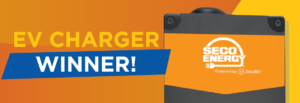
EV Charger Winner
Michael Underwood from Ocala is the latest winner of a SECO Energy branded JuiceBox Pro 40 EV Level 2 charger. We’re giving one charger away each month while supplies last. To enter, text “EV” to (352) 320-4500 for a link to enter. Or click on the EV Charger Giveaway homepage banner.
Learn more about the benefits of electric vehicle ownership on our EV website pages. You’ll find an EV savings calculator, information about CO2 reduction, an EV and PHEV model finder and a nationwide charger-finder map. Visit our Electric Vehicles website section for more details.
Watch SECO News for next month’s charger winner.

Winners’ Circle
Have you engaged with our virtual assistant Electra who can answer thousands of calls without missing a beat? Ask Electra for assistance instead of waiting to speak with a representative. Each week, we’ll draw one winner who will receive a $25 gift card. Winners are drawn from all members who called and successfully took care of business with Electra.
Winners Are:
Jan Chapple from Oxford
Jacquelyn Thomas from Eustis
Anna Hazel from Floral City
Byron Lowe from Ocala
Winners in our Go Green and Win: Paperless Billing and Bank Draft incentive
Wendy Albertson from The Villages is the winner of a $200 SECO Energy bill credit.
Bexaida Martinez from Clermont is the winner of a NEST thermostat.
Scott Evans from Tavares is the winner of an Amazon Echo Dot with Alexa.
Read Winners’ Circle next month for more winners. Want to win next month? Visit SECOEnergy.com and scroll through the homepage banner arrows to view our drawing promotions.
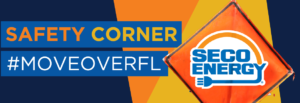
Safety Corner – #MoveOverFL
What do emergency or law enforcement vehicles, sanitation vehicles, wreckers or tow trucks and SECO Energy utility vehicles have in common? Florida’s Move Over law or Statute 316.126 requires drivers to move over a lane – safely – when these vehicles are parked on the side of the road.
What should I do if I’m unable to change lanes? If unable to move over safely, drivers must reduce their speed to 20 mph less than the posted speed. For example, the speed limit posted on the roadway is 55, which means you are required to reduce your rate of speed to 35 or less. When the posted speed is 25 mph, drivers must slow down to 5 mph.
Failure to Move Over puts defenseless workers and yourself at risk. You can strike a worker or a parked vehicle. Drivers will be ticketed and pay a fine and incur points on their driving record.
For safety, #MoveOverFL – it’s the law.
Read the full July 2021 SECO News online.
![]()

